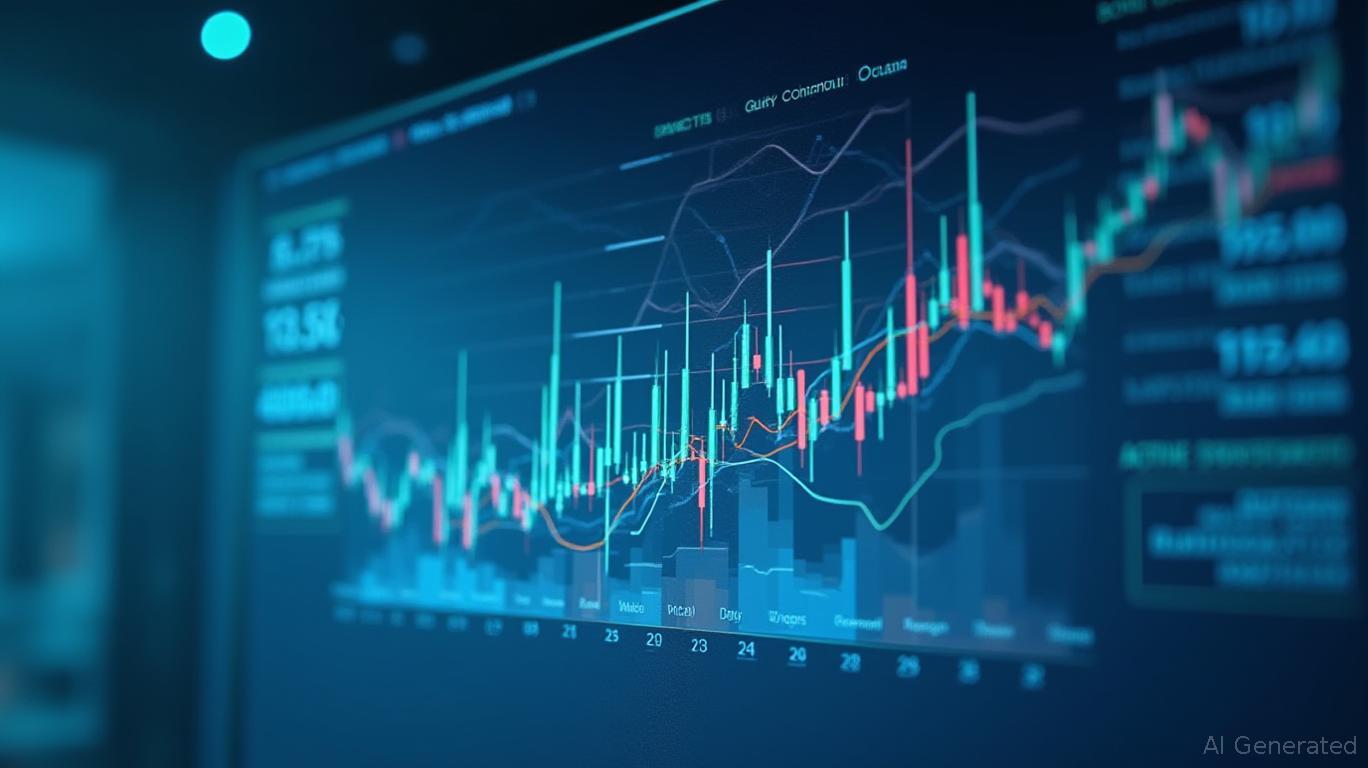Navigating Q2 2025 ETF Flows: Active Strategies and Sector Shifts
The second quarter of 2025 has been a microcosm of the broader market's volatility, with investors balancing growth opportunities against economic uncertainty. While ETF flows traditionally mirror investor sentiment, Q2's data—though incomplete—reveals a clear trend: active management and defensive sectors are taking center stage.

The Rise of Active ETFs: A Structural Shift
Active ETFs dominated early 2025, defying historical trends where passive vehicles dominated. In Q1 2025, active ETFs attracted $30.2 billion in net sales, nearly matching their total inflows from the previous three years. This surge wasn't accidental. Advisors, seeking to navigate tariff-driven volatility and sector rotations, reallocated assets to actively managed products.
Data: Active ETFs ($9.9B) vs. Passive ETFs ($9.4B) – first quarterly outperformance in history.
The April tariff turbulence amplified this shift. Mutual funds bled $3.997 billion in two weeks, but active ETFs thrived. Investors flocked to “cash-like” ultrashort bond ETFs and large-cap equity ETFs, signaling a “buy-the-dip” mindset. This resilience underscores a structural shift: active ETFs are no longer niche but a core component of institutional and retail portfolios.
Sector Trends: Bonds, Commodities, and the Search for Yield
Q2's sector dynamics reflect a market prioritizing stability and income. Bond ETFs, particularly taxable fixed-income categories, saw robust inflows. Through June 4, taxable bond ETFs pulled in $14.44 billion, while ultrashort bond ETFs attracted defensive capital during April's volatility.
Meanwhile, commodities surged, with ETF inflows hitting $1.56 billion by early June. This aligns with rising geopolitical risks and energy market instability, as investors hedge against supply chain disruptions.
Data: Equity ETFs (-$14.92B) vs. Bond ETFs (+$14.59B) – a stark contrast in risk appetite.
Equity ETFs, however, faced headwinds. Domestic equities saw massive outflows ($12.96 billion) as investors rotated into safer assets. This divergence suggests caution toward growth stocks amid mixed macro signals.
Sector-Specific Opportunities: , Infrastructure, and Regional Banks
Digging deeper, niche sectors are rewarding investors. Collateralized Loan Obligation (CLO) ETFs, like the PGIM AAA CLO ETF (PAAA), have gained traction. Their low duration and higher yields appeal to advisors seeking diversification beyond traditional fixed-income instruments.
In equities, sectors tied to secular trends—software, global infrastructure, and regional banks—show resilience. The SPDR S&P Software & Services ETF (XSW) benefits from AI monetization, while the SPDR S&P Global Infrastructure ETF (GII) plays into energy security and digital transformation. Regional banks, undervalued at 16-year lows, offer leverage to rising interest rates and regulatory tailwinds.
Investment Implications: Positioning for Volatility
Q2's data paints a clear playbook:
1. Embrace Active Management: Allocate to active ETFs like CGDV (Capital Group Dividend Value) or structured products like defined-outcome ETFs, which have seen $3.5B in quarterly inflows.
2. Prioritize Yield: Favor bond ETFs with low duration (e.g., ultrashort maturities) and CLO ETFs to hedge against rate cuts.
3. Focus on Defensive Equity: Target sectors like infrastructure (GII) and regional banks (KRE) with strong fundamentals and valuation support.
4. Monitor Commodity Exposure: Use commodity ETFs as tactical hedges against supply chain risks, but avoid overconcentration.
Final Thoughts
Q2 2025 reinforces a theme: investors are moving away from passive replication and toward strategies that navigate volatility. While equity markets face headwinds, active management and sector-specific ETFs offer asymmetric upside. As we enter the second half of the year, the mantra remains clear: diversify, prioritize yield, and favor resilience over growth.
A comparison highlighting KRE's undervalued status and potential rebound.
The ETF landscape is evolving, and investors who adapt to these shifts will be best positioned to capitalize on 2025's opportunities.

Comments
No comments yet